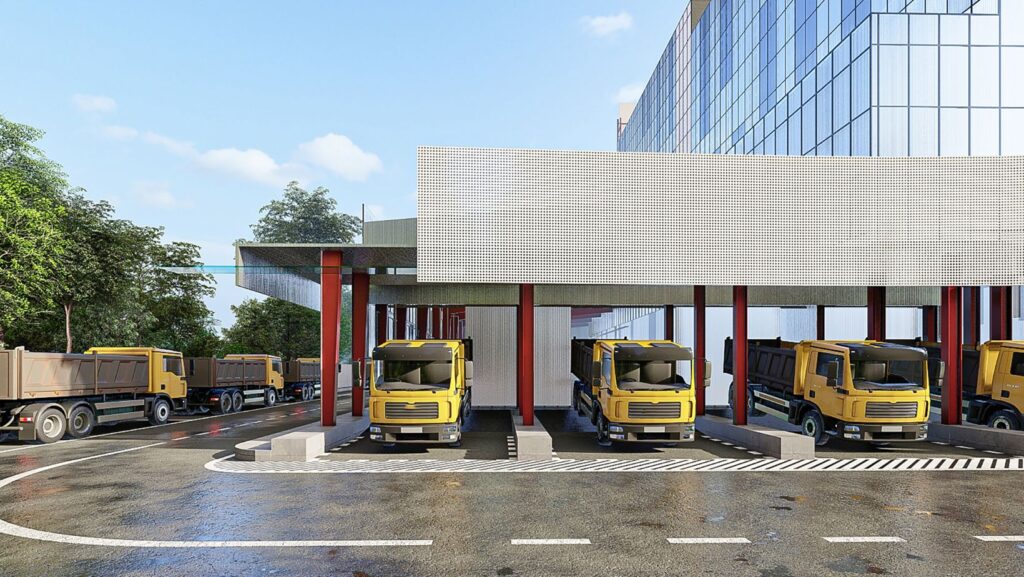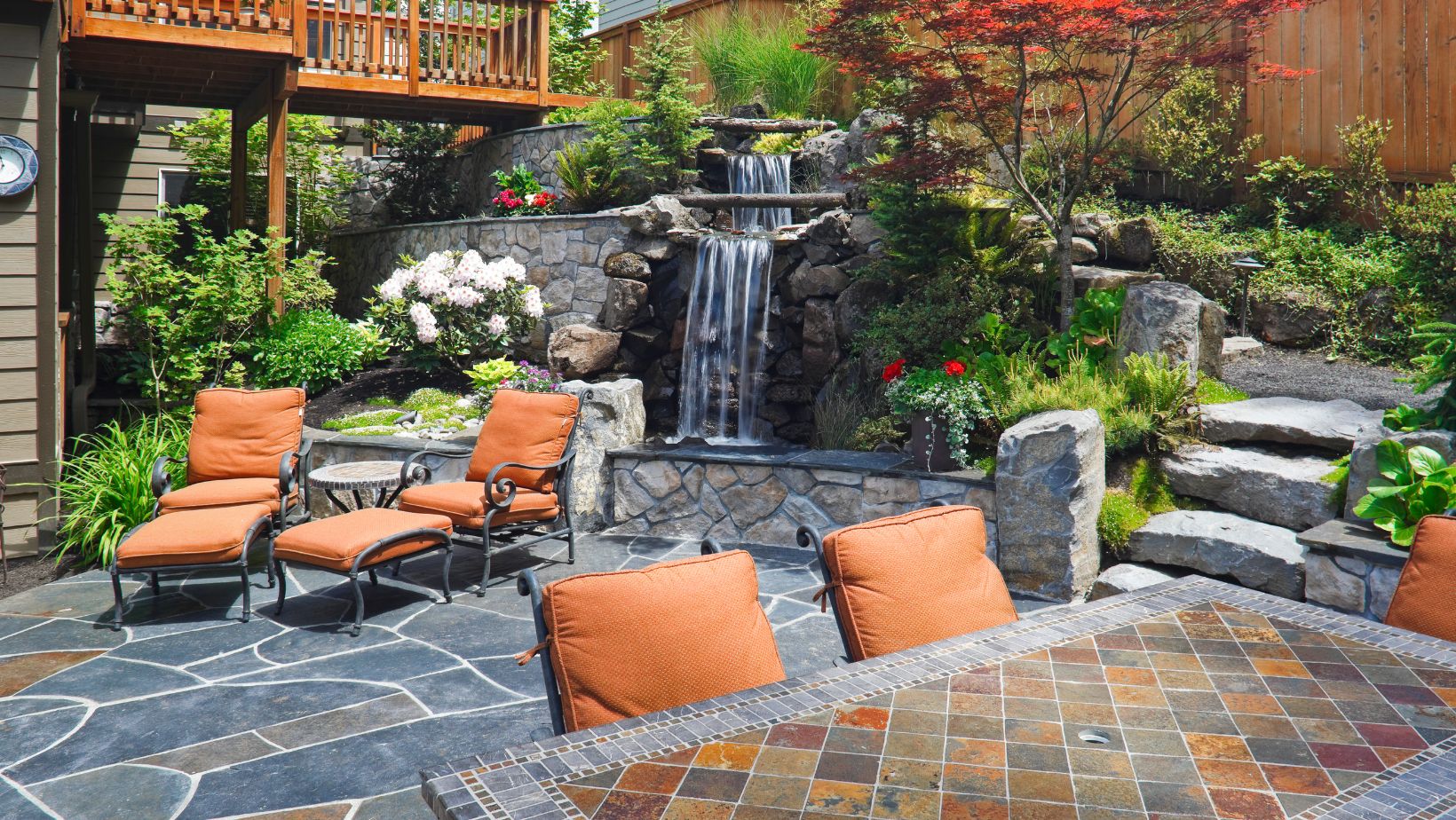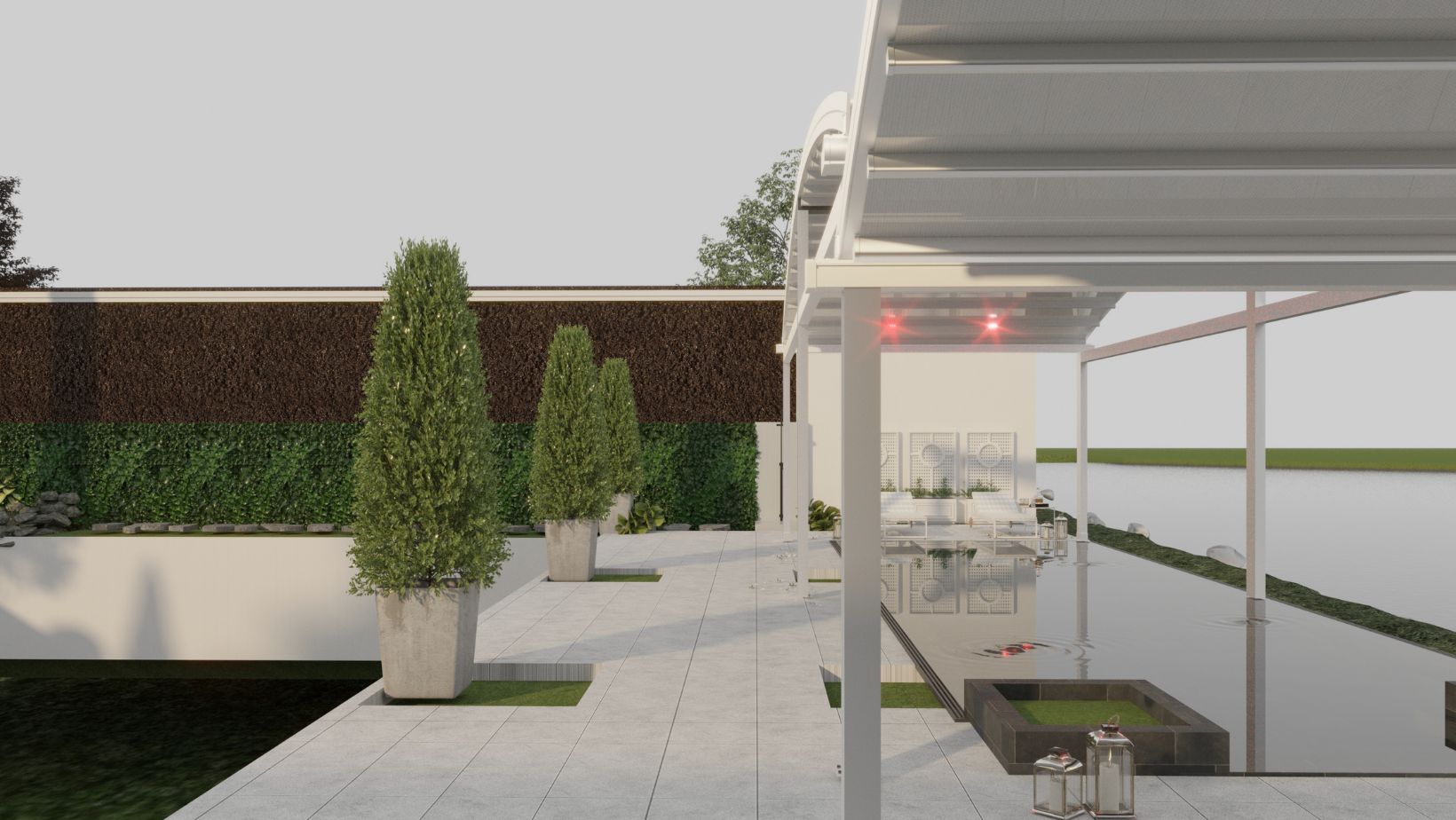In today’s technology-driven world, the concept of “smart” extends beyond our homes and devices, reaching into the very landscapes we inhabit. Smart landscapes are designed not only for beauty and functionality but also for efficiency, sustainability, and responsiveness to the environment. This innovative approach to landscape design leverages the power of information management, transforming how we interact with and experience outdoor spaces. This article explores the fascinating intersection of information management services and landscape architecture, revealing how data-driven insights are shaping the future of outdoor design.
The Rise of Smart Landscapes
Smart landscapes represent a paradigm shift in how we approach outdoor spaces. They are designed with a deep understanding of the environment, utilizing data to optimize performance, conserve resources, and create more sustainable and resilient landscapes.
Data-Driven Design
Traditional landscape design often relies on intuition, experience, and aesthetic considerations. While these remain important, smart landscapes incorporate data analysis to inform design decisions, leading to more efficient and effective outcomes.
Environmental Awareness
Smart landscapes are designed with a heightened awareness of the environment. By collecting and analyzing data on factors like soil conditions, microclimates, and water usage, landscape architects can create designs that are more harmonious with the natural surroundings.
Technology Integration
Technology plays a crucial role in smart landscapes. Sensors, weather stations, and other devices collect data that informs irrigation schedules, lighting controls, and other automated systems, optimizing performance and minimizing waste.
Information Management in Action: Key Applications
Information management has a wide range of applications in landscape design, transforming how we create and manage outdoor spaces.
Site Analysis and Planning
Before any design work begins, a thorough site analysis is crucial. This involves gathering data on topography, soil conditions, existing vegetation, and other site-specific factors. A barge survey company can provide accurate surveys and mapping data to inform the design process. This information helps landscape architects make informed decisions about plant selection, grading, and drainage, ensuring the long-term health and sustainability of the landscape.
Irrigation Management
Water conservation is a key concern in landscape design, especially in regions with limited water resources.
Smart irrigation systems utilize sensors and weather data to optimize watering schedules, delivering water only when and where it’s needed. This reduces water waste, saves money, and promotes healthy plant growth.
Lighting Control
Smart lighting systems incorporate sensors and timers to optimize outdoor lighting, reducing energy consumption and minimizing light pollution. These systems can be programmed to adjust lighting levels based on ambient light conditions, occupancy, or time of day, creating a safe and aesthetically pleasing environment.
Plant Selection and Management
Choosing the right plants for a specific location is crucial for the success of any landscape design. Information management can help analyze factors like soil type, sunlight exposure, and water requirements to select plants that will thrive in the given environment. This ensures a healthy and sustainable landscape that requires minimal maintenance.
The Benefits of Smart Landscapes
Smart landscapes offer a multitude of benefits, both for the environment and for those who enjoy these spaces:
Sustainability. By optimizing resource usage and minimizing waste, smart landscapes promote environmental sustainability. Reduced water consumption, energy-efficient lighting, and sustainable plant choices contribute to a healthier planet.
Cost Savings. Smart landscapes can lead to significant cost savings over time. Reduced water and energy consumption translate to lower utility bills, while automated systems minimize the need for manual labor and maintenance.
Enhanced Aesthetics. Smart landscapes are not only functional but also aesthetically pleasing. By selecting the right plants and incorporating data-driven design elements, landscape architects can create beautiful and harmonious outdoor spaces that enhance the surrounding environment.
Improved User Experience. Smart landscapes can enhance the user experience by creating more comfortable, convenient, and engaging outdoor spaces. Automated lighting systems provide safety and ambiance, while smart irrigation ensures healthy and vibrant plant life.
The Role of Technology
Technology is the backbone of smart landscapes, enabling data collection, analysis, and automation.
Sensors and Monitoring Devices
Sensors play a crucial role in gathering data on various environmental factors, such as soil moisture, temperature, and light levels. This data is then used to inform irrigation schedules, lighting controls, and other automated systems.
Weather Stations
Weather stations provide real-time data on temperature, rainfall, wind speed, and other weather conditions. This information is used to adjust irrigation schedules and other landscape management practices, ensuring optimal performance and resource conservation.
Software and Data Analytics
Specialized software and data analytics platforms help landscape architects analyze data, identify trends, and make informed design decisions. These tools can also be used to monitor landscape performance over time, track resource usage, and identify areas for improvement.
Collaboration and Expertise
Creating truly smart landscapes requires collaboration between various professionals, each bringing their unique expertise to the table.
Landscape Architects
Landscape architects bring creativity, design expertise, and an understanding of natural systems to the table, shaping the overall aesthetic and functionality of outdoor spaces. They consider factors like topography, climate, and user needs to create landscapes that are not only beautiful but also functional and sustainable. Landscape architects work closely with clients to understand their vision, translating their desires into tangible designs that enhance the environment and improve quality of life. They are skilled in the art of blending natural elements with human needs, creating spaces that are both aesthetically pleasing and ecologically responsible.
Information Management Services
Information management services offer the expertise and infrastructure needed to collect, analyze, and utilize data to optimize landscape design and management. This can include implementing sensor networks, developing data analysis tools, and creating customized software solutions to monitor and control various aspects of the landscape. Information management services ensure that the landscape is designed and managed with efficiency and sustainability in mind, helping to conserve resources, reduce waste, and minimize environmental impact.
Barge Design Solutions Company
Companies like Barge Design Solutions Nashville TN can bridge the gap between landscape architecture and information management, offering integrated solutions that combine the best of both worlds. They bring together a multidisciplinary team of landscape architects, engineers, and technology experts to create holistic solutions that address the complex challenges of modern landscape design. These companies offer a comprehensive range of services, from site analysis and planning to technology integration and data analytics, ensuring that every aspect of the landscape is optimized for performance, sustainability, and user experience.
Conclusion
As far as outdoor spaces go, the future is smart. By harnessing the power of information management, we can create landscapes that are not only beautiful but also sustainable, efficient, and responsive to the environment. From optimizing irrigation and lighting to selecting the right plants and managing resources effectively, data-driven insights are transforming how we design and experience outdoor spaces. As technology continues to evolve and our understanding of the environment deepens, the possibilities for smart landscapes are endless. By embracing this innovative approach, we can create outdoor spaces that are truly in harmony with nature and enhance our quality of life.




More Stories
5 Features That Keep Players Coming Back to Online Casino Sites
How to Choose the Right Ice Hockey Helmet for Maximum Safety?
How to Find a Reliable Concrete Contractor Company In Baton Rouge